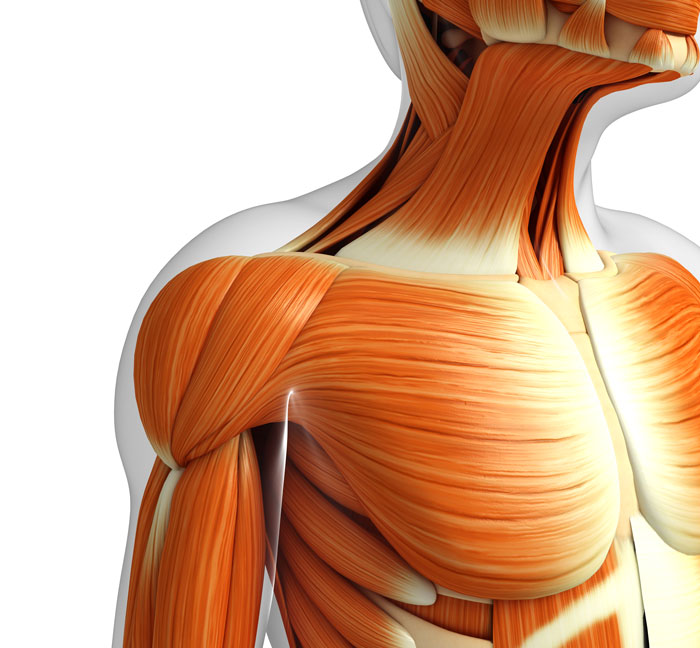Dystonia, Torticollis and Blepharospasms
Dystonia Including Torticollis and Blepharospasms
Dystonia affects approximately 500,000 adults and children in the United States and is the third most common movement disorder in the country. Identified by the repetitive twisting and contracting of muscles for prolonged periods of time, dystonia is also one of the most painful conditions. Although spasms tend to vary in intensity from mild to more severe, there are occasions where they become so intense that they can interfere with a person’s ability to perform simple daily tasks.
Certain neurodegenerative diseases, such as Parkinson’s disease, Huntington’s disease and Wilson’s disease are known to attribute to the development of the disability. Stroke, trauma to the head, brain tumor, oxygen deprivation to the brain, heavy metal poisoning, and infections such as tuberculosis or encephalitis are also contributors.
Most types of dystonia affect only one area of the body, such as the neck, eyelids, jaw or voice box and are triggered by specific actions such as writing by hand, or changes in emotion such as stress, anxiety or fatigue. Some of the early signs of the condition may include cramping of the foot, involuntary pulling on the neck, uncontrollable blinking, and speech difficulties.
Dystonia can manifest in many ways. Blepharospasms, for example, are defined by rapid, uncontrollable eye twitching. They usually start as an excessive, involuntary blinking then progress to an uncontrollable squeezing shut of the eyes. Once escalated, this condition can make it tough to go about daily life as normal and usually requires that the patient have a live-in care provider.
Cervical Dystonia or Spasmodic Torticollis is a condition in which the muscles in the neck spasm and contract, twisting the head uncomfortably to one side, forwards or backwards. It is a rare disorder that affects children and adults of all ages although it is found to be most common in middle aged women. There is no cure for spasmodic torticollis although some cases will disappear on their own. Alternative treatment methods include injecting Botox into the affected muscles, the prescription of medications typically used to treat Parkinson’s disease, muscle relaxants, and various forms of pain management practices.
Although it is unknown as to exactly what causes Dystonia, research has begun to uncover links between genetics and environmental factors as well as the way in which specific nerve cells in the brain communicate. Most individuals who suffer from dystonia can lead normal lives, but more research is needed to better understand the underlying causes of this condition. As such, knowing what treatment options are available is vital to managing the impact this disorder can have on everyday life.
Our compassionate team of experts have been working with dystonia patients for more than 20 years and are at the forefront of ongoing research. If you think you may be suffering from this ailment, we can help.

Make an Appointment
There is no such thing as a one-size-fits all treatment. As such, we work closely with you to understand your unique circumstances and design care programs that fit your individual needs.
Use Telehealth
No matter where you are or what your movement disability may be, telehealth services ensure that we are always connected and able to assist you, 24/7.
